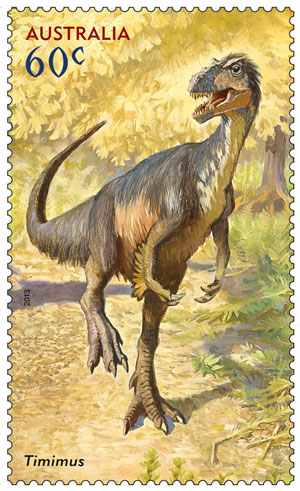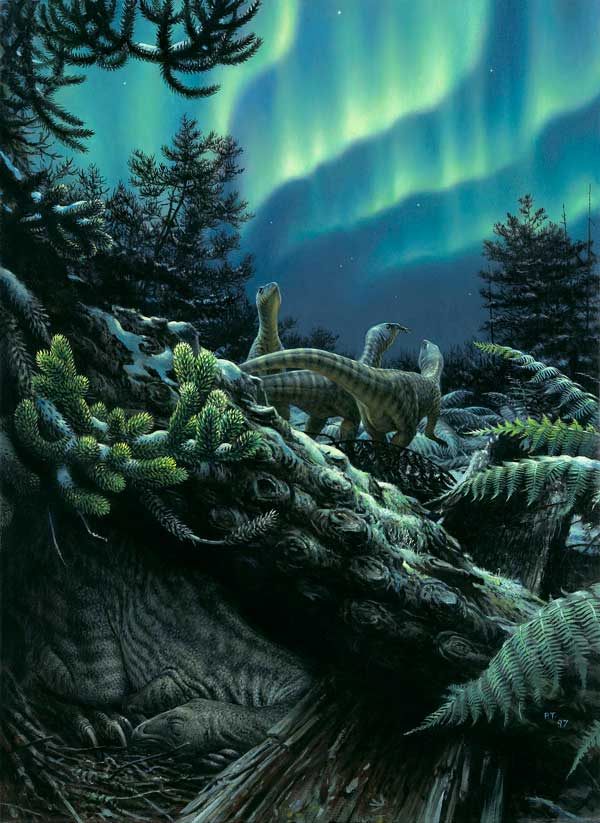
NOEL MURPHY reveals the Great Ocean Road’s links to the world’s prehistoric past.
DINOSAUR central on the Surf Coast, Jurassic Park in the Otways – however you like to couch it, the Great Ocean Road is a palaeontologist’s playground par excellence.
It’s a world-renowned prehistory site loaded with fossils and bones encrusted in rocks and cliff faces that have led to some of science’s most stunning dinosaur breakthroughs.
Flying pterosaurs, underwater plesiosaurs, vicious velociraptors, meat-eating oviraptors, small tyrannosaurs – not to mention ancient crocodiles, turtles, upright echidnas and platypus species – are just some of the menagerie that once clawed, ripped and tore its ways across the Great Southern Land.
The Great Ocean Road was a veritable Garden of Eden for dinosaurs and Dinosaur Cove – near Apollo Bay, just east of Cape Otway – is where the action was frozen in time for more than 100 million years.
In 1979 two young dinosaur-hunters, Tom Rich and Tim Flannery, blazed a path to the rugged Dinosaur Cover cliff-face, which over the next decade and more gave up extraordinary secrets as fragment by rocky fragment was blasted out of caverns and tunnels.
By 1984 some 70 Museum of Victoria scientists and volunteers were digging and drilling the antediluvian sandstone in search of what contemporary thought considered cold-blooded dinosaurs. When they unearthed the remnants of a relatively small 1m-long biped herbivore they named Leaellynasaura, that notion was tipped on its head.
More on this story in the latest Geelong Coast Magazine.










